Fried Rice and Physics Make Perfect Classmates
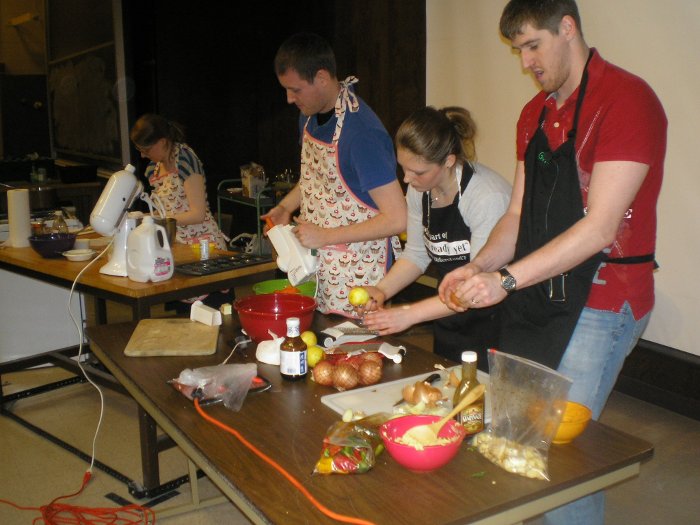
Six students are competing for the bit of counter space, but it’s cramped quarters. Between the food processor and space for two cutting boards, there isn’t much room. Most of this kitchen space is taken up by a conventional oven hooked up to a propane tank. Multiple burners are in use. The vegetable fried rice will be finished first, with spring rolls, dessert wontons, and liquid nitrogen ice cream to follow.
That this is in a lecture hall makes the scene all the more surreal.
“Can you switch to the overhead camera?” one of the seated students asks. “I want to see what’s going on in the big pot.”
While the students cook, Michigan Tech Physics Professor Jacek Borysow is talking about a pound of plutonium, holding up a small metal sphere, explaining principles of nuclear physics.
“No one believes me that this is plutonium,” he says with a laugh. “You wouldn’t cook with it. The heat is only about one watt. It’s useless—for cooking.”
This is Cooking with a Physicist, a physics course put together by Borysow for advanced students. The two-dozen students in the class seem relaxed in Fisher 135, a room that could fit 500. In fact, not all of the students present are even in the class.
“I never before taught a class at Tech with 100 percent attendance,” Borysow explains. “But every single time we have had more students in the class than are registered. Everyone is bringing friends, girlfriends, boyfriends.”
Katherine Cocciarelli, Borysow’s spouse and the cooking expert for the class, was impressed with the culinary accomplishments inside a lecture hall. “On that little stove we cooked stir-fry beef, beef kabobs, lemon meringue pie, bread, French madeleines, Guinness Stout Brownies, roasted carrots with fennel, caramels and cheesecake with great success.”
But this makeshift kitchen is every bit a classroom, as Borysow demonstrates while one student group is setting up.
“Does anybody know the temperature of liquid nitrogen” Borysow asks over the din. “In Fahrenheit?”
“Why would anyone need to know that?” a chuckling student responds.
“Well, it’s a kitchen!” is Borysow’s reply.
Taking advanced concepts and relaying them in an everyday manner takes a great deal of work, especially with something as complicated as physics. “This was the most challenging class I have taught in my 24 years at Tech,” Borysow says. “I simply assumed that my grandmother was sitting in the audience, and I had better be able to explain stuff to her.”
Such work can be a massive challenge. “On multiple occasions it took me more than 20 hours to prepare a one hour lecture related to cooking,” he says. In one instance, a recent discovery in astrophysics provided the basis of a lecture.
“A few months ago the European Southern Observatory reported that sugar, in its simplest form, was observed in the gas surrounding a young Sun-like star,” he says. “This fit perfectly when we talked about sugars in class.”
Ultimately, Borysow and Cocciarelli hope students walk away from the class with an appreciation for the physics concepts all around them and maintain a passion and curiosity for the science of everyday life.
In the classroom, while the students debate amongst themselves the best container to use for making liquid nitrogen ice cream, Borysow reflects on the class and its appeal.
“Overall I have never learned as much as I have in this class,” he says. “Everyone in this class is studying to be a scientist. I’m surprised we didn’t get any students from across campus looking to knock out a science credit.”
He looks back at the stove and the chaos and the students smiling and laughing and working. He shrugs. “Maybe next time.”
Michigan Technological University is an R1 public research university founded in 1885 in Houghton, and is home to nearly 7,500 students from more than 60 countries around the world. Consistently ranked among the best universities in the country for return on investment, Michigan's flagship technological university offers more than 185 undergraduate and graduate degree programs in science and technology, engineering, computing, forestry, business, health professions, humanities, mathematics, social sciences, and the arts. The rural campus is situated just miles from Lake Superior in Michigan's Upper Peninsula, offering year-round opportunities for outdoor adventure.
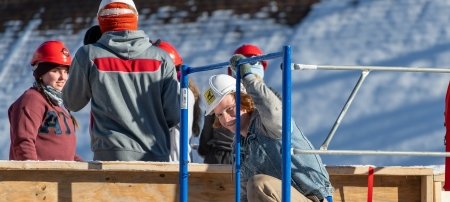
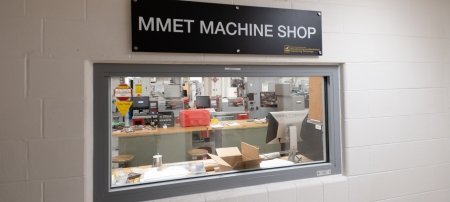
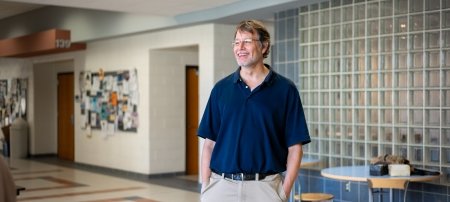
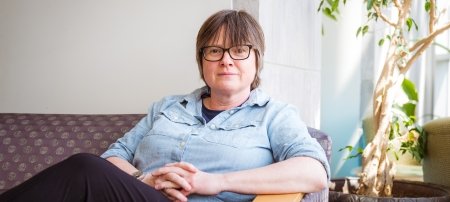
Comments